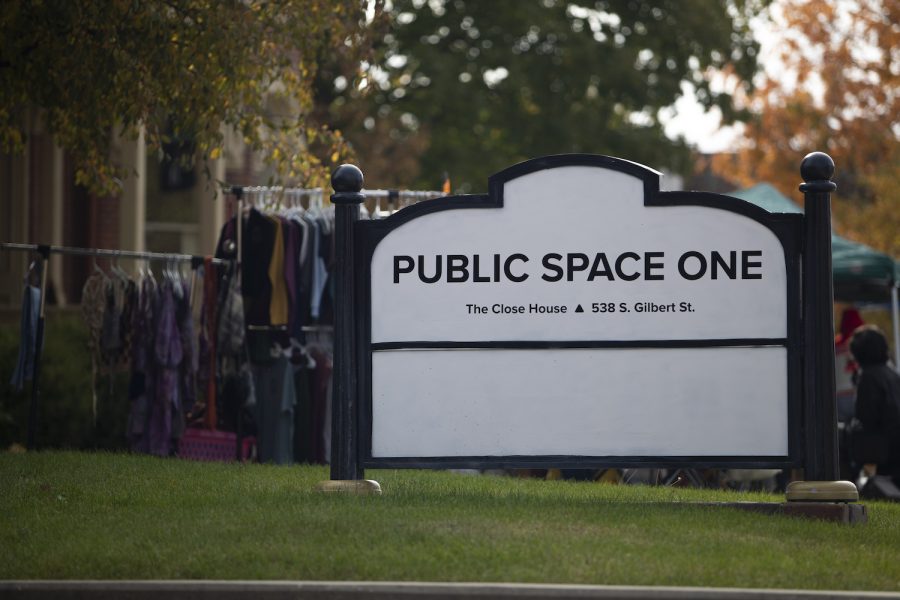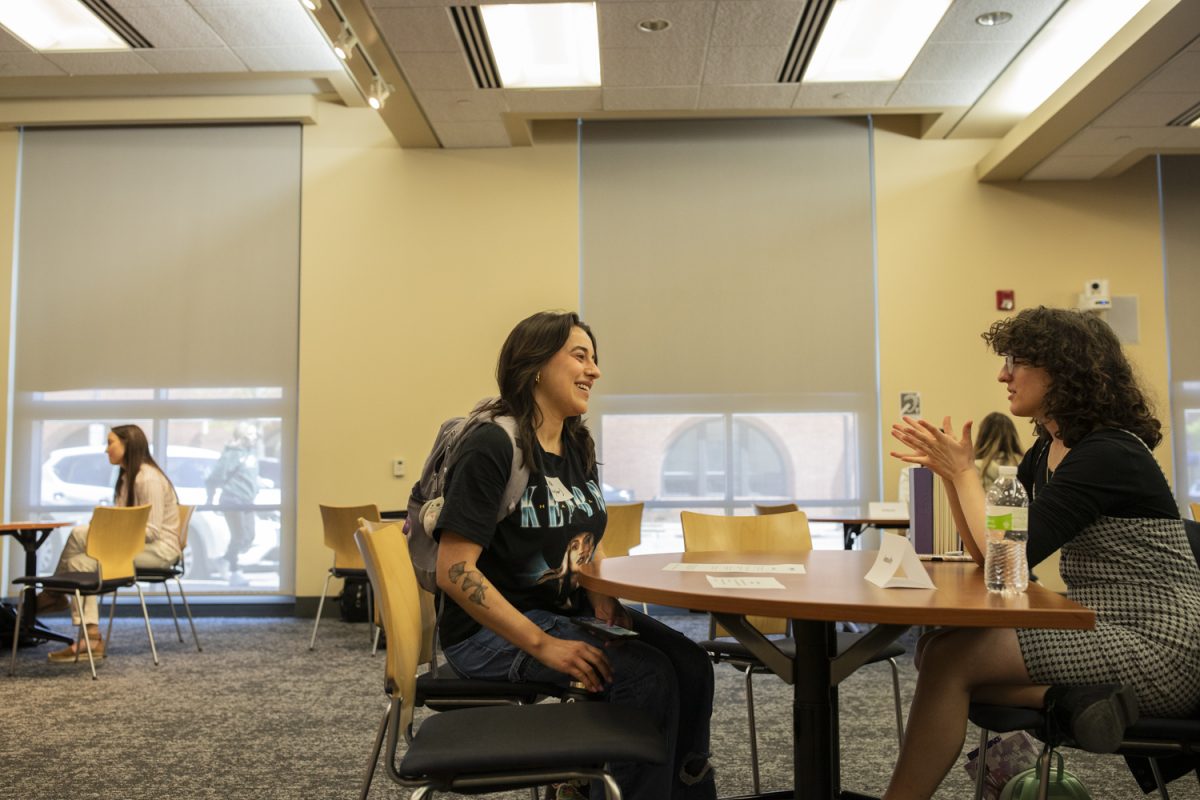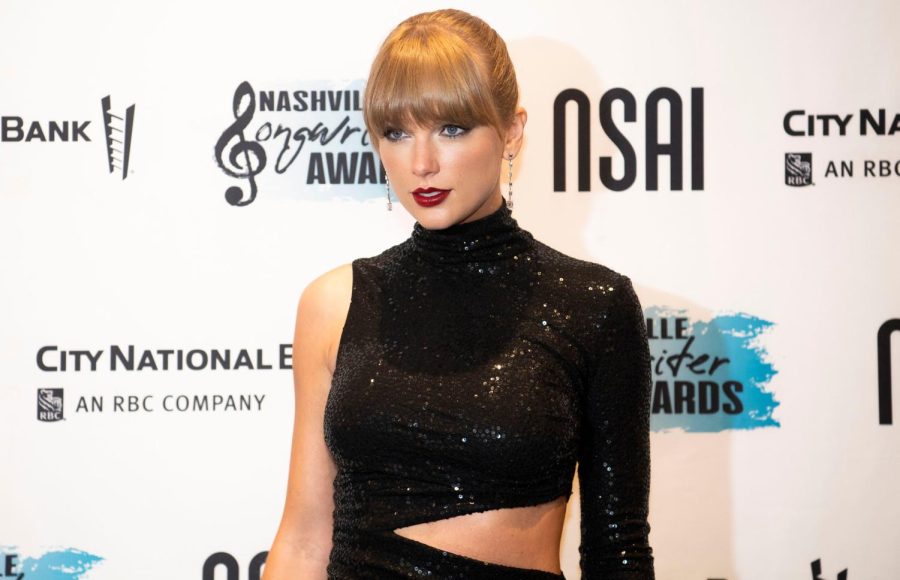On one side, an explosion of glorious pink, girly-girls dressed in the glitter and frills of their dreams. On the other side, serious faces fit for a cologne ad, with their hats tipped below their eyes and mouths fit for cigars.
The subject of memes, think pieces, and Twitter rants alike, “Barbenheimer” takes its name from the two blockbusters at its center: Christopher Nolan’s “Oppenheimer” and Greta Gerwig’s “Barbie,” both of which hit theaters on Friday, July 21.
Desperate for joy, however, I wore my floral pink dress and stepped into the “Oppenheimer” theater first, per the recommended Barbenheimer schedule passed around on social media: “Oppenheimer” first, “Barbie” second.
“Oppenheimer” follows its namesake, theoretical physicist J. Robert Oppenheimer, played by Irish actor Cillian Murphy, as he leads a group of scientists working on the Manhattan Project. Among these are several historical figures, including General Leslie Groves, played by Matt Damon, who oversaw the project during which they developed the first nuclear weapons, namely the atomic bomb.
Throughout the three-hour film, the threat of Nazism felt more urgent than communism. Unfortunately, the latter, particularly Oppenheimer’s association with communism, was a large plot point that didn’t generate enough palpable tension; more of a political circus than a real threat to the public.
Since the Manhattan Project was born of the desire to beat Nazi Germany through the creation of the atomic bomb, the stakes felt high and clear toward the beginning. Though the outcome of such a project resulted in the tragic, controversial bombings of Hiroshima and Nagasaki, it certainly made for rapt, luminous, and cinematic storytelling.
RELATED: FilmScene hosts ‘Barbie Boot Camp’
Everyone in the theater held their breath as they test-dropped the very first atomic bomb in the New Mexico desert, wondering, alongside the characters, if the world would truly end at its detonation.
Murphy gave a compelling performance as the self-seeking, womanizing scientist haunted by the moral infractions of his invention; the real Oppenheimer was a vehement opponent in his later years to the further development of nuclear weapons.
Even with ample opportunity to explore the personal and political ramifications of the atomic bomb outside the context of the U.S. government, the film chose to platform the perspective of Oppenheimer as a victim of his genius and portrayed the mass death of Japanese civilians as a necessary evil.
Ultimately, the film meditated extensively on the complexity of the atomic bomb’s aftermath while neglecting to spotlight those who were directly affected.
Coincidentally, the imagery of men in boardrooms did not escape “Barbie,” a wildly different film about another 20th-century figure who was, in many ways, just as iconic. Though partially produced by Mattel, the film poked relentless fun at the men who hold the top positions of power within the company.
However, “Barbie” relegated these Mattel executives to a secondary plot point: the primary story followed Stereotypical Barbie, played by Margo Robbie, who wakes up every morning in the perfect pink world of Barbieland with the other Barbies and Kens.
This was, of course, until the day she began to experience uniquely human traits, like finding cellulite on her otherwise perfect thigh, and intrusive thoughts of death.
With help from Weird Barbie, played by Kate McKinnon, Barbie learned of a rift between the human and doll world, which could only be fixed if she journeyed to the human world to find the little girl who owned her and whose sad thoughts were distorting Barbie’s perfect life.
Alongside a comical Ken, played by Ryan Gosling, she travels out of Barbie Land and discovers that women of the real world are not as empowered as they are in her world, but are instead sexualized at every turn, and Barbie bears the brunt of these insults.
Barbie shed her first real tear as she was struck with a vision of lost girlhood and the impact of real-world patriarchy.
She came to discover that the main rift was not between humans and Barbies, but between a mother and daughter. Barbie’s particular human, Sasha, a teenage girl played by Ariana Greenblatt, struggled to connect with her mother, Gloria, played by America Ferrera, as she felt more and more alienated as a young woman. In a surprising turn, this mother-daughter dynamic — a beloved theme of Gerwig’s — was the heart of the film, beautifully mirroring the tension between fantasy and reality, dolls and women.
“Barbie” is a delightful watch, but often its big ideas — ideas which, according to the film, “live forever” — failed to live up to its lofty aspirations. Certain events felt tonally clunky when placed together, and the feminist dialogue can come off a little awkward.
Still, nothing can compare to the overwhelming feminine joy of women seeing themselves on the screen — a feat that “Oppenheimer,” in all its classically cinematic glory, could not replicate.
In terms of entertainment value, the films succeeded and even complimented each other. As stand-alone movies, however, they occasionally faltered under the spotlight.
Nevertheless, the filmmakers must be commended for their thorough, dedicated insight into their respective subjects.













